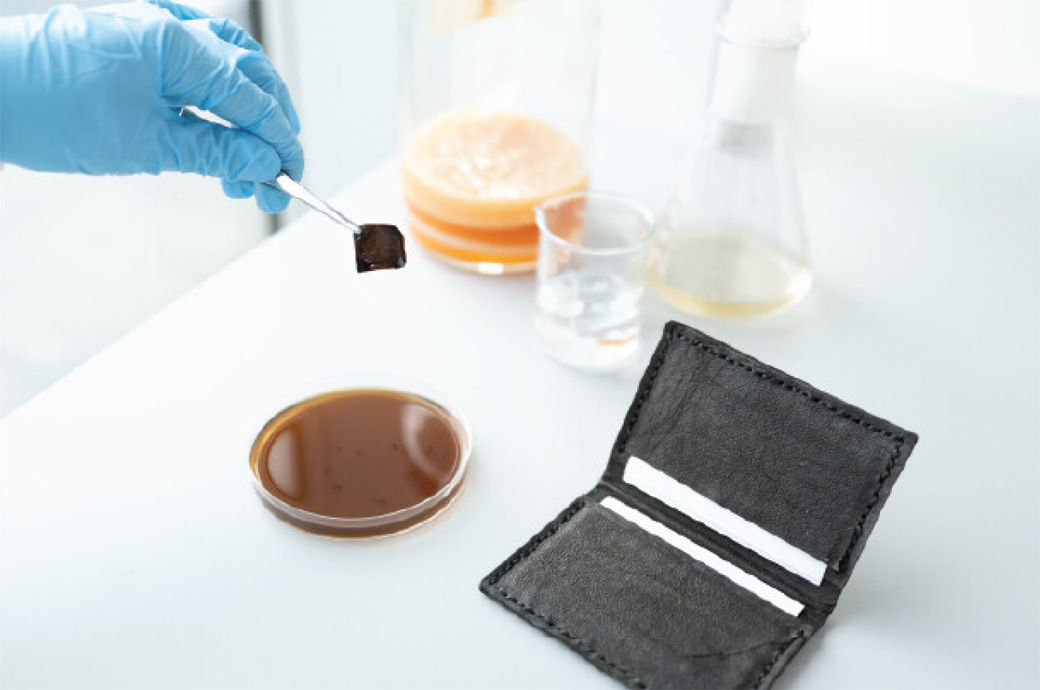
The new process, published in the journal ‘Nature Biotechnology’, can also theoretically be adapted to have bacteria grow materials with various vibrant colours and patterns, and to make more sustainable alternatives to other textiles such as cotton and cashmere, a press release from the university said.
The researchers created the self-dyeing leather alternative by modifying the genes of a bacteria species that produces sheets of microbial cellulose—a strong, flexible and malleable material that is already commonly used in food, cosmetics and textiles.
The genetic modifications 'instructed’ the same microbes that were growing the material to also produce the dark black pigment, eumelanin.
They worked with designers to grow the upper part of a shoe (without the sole) by growing a sheet of bacterial cellulose in a bespoke, shoe-shaped vessel.
After 14 days of growth wherein the cellulose took on the correct shape, they subjected the shoe to two days of gentle shaking at 30 degrees Celsius to activate the production of black pigment from the bacteria so that it dyed the material from the inside.
They also made a black wallet by growing two separate cellulose sheets, cutting them to size, and sewing them together.
The researchers demonstrated that the bacteria can be engineered using genes from other microbes to produce colours in response to blue light. By projecting a pattern, or logo, onto the sheets using blue light, the bacteria respond by producing coloured proteins that then glow.
The research team is now experimenting with a variety of coloured pigments to use those that can also be produced by the material-growing microbes.
The researchers and collaborators have also just won £2 million in funding from Biotechnology and Biological Sciences Research Council (BBSRC), part of UK Research and Innovation (UKRI), to use engineering biology and bacterial cellulose to solve more of fashion’s problems, such as the use of toxic chromium in leather’s production lines.
This work was funded by Engineering and Physical Sciences Research Council and BBSRC, both part of UKRI.
ALCHEMPro News Desk (DS)
Receive daily prices and market insights straight to your inbox. Subscribe to AlchemPro Weekly!